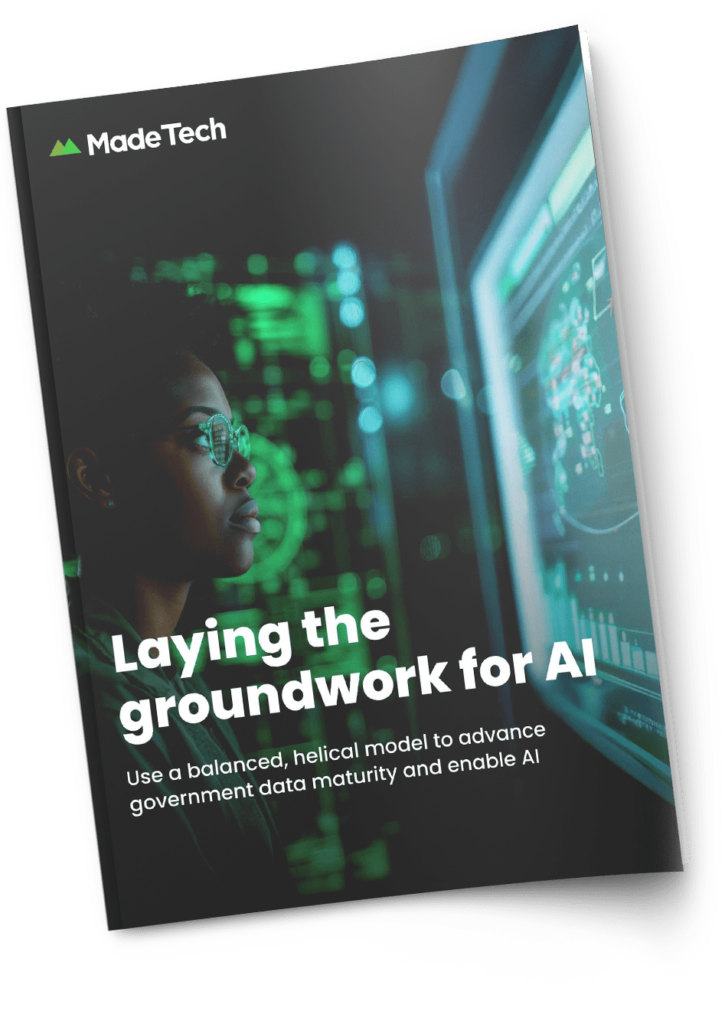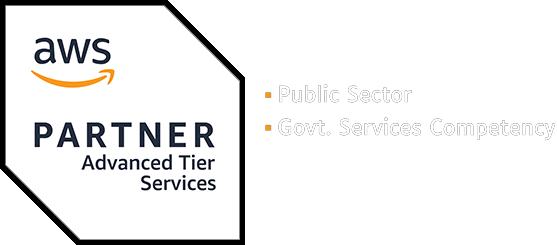We all know that the new government faces a daunting challenge in rapidly transforming public services, especially in health and social care. Twenty years ago, when I moved to Leeds to work on the National Programme for IT (NPfIT), we were all hoping to deliver similar rapid digital transformation. And while the outcomes of that programme have been long discussed, it’s widely accepted that a lot of money was spent and it didn’t meet its goals.
The healthcare revolution
However, looking even further back to the healthcare ‘revolution’ of 76 years ago, many of Aneurin ‘Nye’ Bevan’s original aspirations for the NHS are still very relevant. Things such as comprehensive coverage, integration, and preventive care continue to be key drivers. Wes Streeting’s vision today includes many supporting goals such as resource sharing across care settings and expanding the roles of healthcare professionals such as opticians and pharmacists.
National standards for social care
But what excites me most, is the new government’s commitment to a National Care Service, with national standards for care quality. We’ve known for a while that better social care is crucial and significantly impacts efficient healthcare delivery. Back in 2002, the Department of Health’s strategy for NPfIT aimed to develop and integrate social care IT alongside NHS IT, but this goal soon fell by the wayside.
What should Wes Streeting focus on?
This time, I believe we can make a real difference. Here are my top 5 tips for Wes Streeting and his team to consider in delivering a National Care Service.
1. Translate the lessons from health to social care
While some challenges from 20 years ago in the NHS remain, there has been significant progress in many areas. Through the efforts of NHS Digital and NHS England, there have been major advancements in data standards, widespread adoption of messaging standards, open APIs, developer toolkits, and a single digital access point to services. The government now needs to follow suit in social care. They need to:
Invest in a unified care record across multiple settings
Integrate services into the NHS App and NHS.UK
Consider telehealth and remote monitoring approaches
Lean on data-driven decision making
2. Fix IT integration across healthcare systems
Connecting IT and communication systems within primary and secondary healthcare and between Trusts, is still challenging, but at least there’s a clear roadmap for achieving it. The lack of communication and interoperability in social care is an even bigger beast. The gaps are evident not only between care providers but also between the providers and central systems. To achieve a seamless patient journey across different care settings, start with a clear roadmap for digital integration. To do this you need to:
- scope out what’s ‘in’ and what’s ‘out’ when considering integration
- use phased deliveries to prove value early on and test key principles
- secure stakeholder buy-in and take them on the journey, even through potential setbacks
3. Create a social care skills plan
The NHS Long Term Workforce Plan was a huge step forward in developing a resourcing strategy and fixing some of the underlying staffing problems. Developing a similar plan for the social care workforce should be a priority for the new Health Secretary. Made Tech’s work with Skills for Care has shown the important role organisations like this play in supporting care providers and their staff.
As a first step, the Department of Health and Social Care (DHSC) could roll-out the Skills Record for care workers that they’ve been weighing up, in order to standardise training records in the Adult Social Care (ASC) sector. This would provide a permanent, portable, and verifiable record of skills and achievements, helping workers take ownership of their training and qualifications. This would give care workers a clear development path, and elevate social care into a profession that they can be proud of.
4. Understand the needs of health and social care users
The age-old mistake of creating solutions without consulting the end-users must be avoided at all costs. This was a lesson learnt at great expense 20 years ago. In order to succeed in any project, you’ll need to acknowledge and tap into the diversity of users. Care sector users include DHSC analysts and strategists, local authorities, care providers, care workers, unpaid carers and the service users themselves. You need to make sure that their needs are fully understood using strong user research and co-design. Partnering with agencies like Skills for Care, who have strong networks across these stakeholders, can help to get access to the right people and you can then include their valuable insights as part of any digital transformation solution.
5. Use AI and data to improve social care services
AI and advances in data science are revolutionising healthcare and can do the same for social care. These technologies can improve accuracy in personalised care plans and streamline data management and processes. To make the most of AI, the government needs to:
- prioritise data optimisation
- invest in advanced analytics platforms
- establish robust data governance frameworks
- improve data quality
- continue to prioritise patient privacy
A unique perspective on both health and care
My time at Made Tech has shown me that there’s an incredible opportunity for improvements in the patient journey across health and care sectors. Along with our work at NHS England, I’m also proud of our long-term support in the social care sector. With our unique perspective on both health and care, and especially around integration and data-driven decisioning, I hope I can personally play my part in overcoming the challenges we perhaps failed to do 20 years ago.
As Bevan famously said, “The NHS will last as long as there are folk left with the faith to fight for it.” I believe that my colleagues, competitors, customers, and everyone in the health and care ecosystem still have this faith and continue to fight for it.

Laying the groundwork for AI
Unlock your AI potential: Discover your archetype, master the 3 pillars of data maturity, and learn from real-world transformations in our latest whitepaper, Laying the Groundwork for AI.




